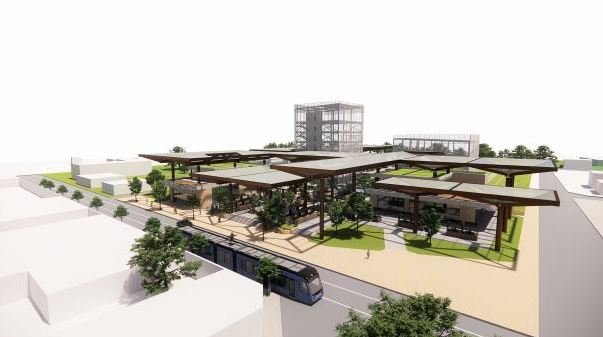Sustainable Architecture: Building for the Future
Sustainable architecture is pivotal in shaping the future of building design, prioritizing environmental stewardship and energy efficiency. This blog delves into sustainable architecture principles, practices, and their transformative impact on the built environment, ensuring a harmonious balance between human needs and ecological responsibility.

Understanding Sustainable Architecture
Sustainable architecture integrates design strategies that minimize environmental impact while maximizing economic and social benefits. It promotes resource efficiency, reduces waste, and enhances occupant health and comfort. By considering life cycle assessments and sustainable site planning, architects strive to create buildings that contribute positively to their surroundings.
Key Principles of Sustainable Design
Key principles include energy efficiency, utilizing renewable energy sources, optimizing water usage, and selecting environmentally friendly materials. These principles guide architects in designing buildings with minimal carbon footprints and long-term sustainability. Incorporating passive solar design, natural ventilation, and green roofs further enhances energy efficiency and indoor environmental quality.
Passive Design Strategies
Passive design strategies harness natural elements such as sunlight, shade, and wind to regulate indoor temperature and lighting. Techniques like building orientation, insulation, thermal mass, and shading devices reduce reliance on mechanical systems, lowering energy consumption and operational costs. This approach not only enhances sustainability but also improves thermal comfort and daylighting in buildings.
Sustainable Materials and Construction Practices
Choosing sustainable materials such as recycled, locally sourced, or low-impact materials minimizes environmental impact during construction and throughout the building’s lifecycle. Techniques like modular construction and adaptive reuse further enhance sustainability by reducing waste and resource depletion. Incorporating durable materials and efficient construction practices ensures buildings are resilient and contribute positively to environmental conservation.
Energy-Efficient Building Systems
Energy-efficient building systems, including lighting, HVAC (heating, ventilation, and air conditioning), and insulation, significantly reduce energy consumption and operational costs. Incorporating advanced technologies like smart building management systems and energy monitoring enhances efficiency and optimizes building performance. These systems ensure buildings maintain comfortable indoor environments while minimizing environmental impact.
Green Building Certifications and Standards
Certifications like LEED (Leadership in Energy and Environmental Design) and BREEAM (Building Research Establishment Environmental Assessment Method) validate sustainable building practices and encourage continuous improvement. These standards promote environmental responsibility, occupant well-being, and operational efficiency, guiding architects and developers towards achieving high-performance, sustainable buildings.
Benefits of Sustainable Architecture
The benefits of sustainable architecture extend beyond environmental conservation to encompass economic and social advantages. Lower operating costs, improved occupant health and productivity, resilience to climate change impacts, and enhanced marketability and property value are notable benefits. By investing in sustainable design, stakeholders contribute to a healthier, more resilient built environment and foster sustainable development for future generations.
Principles of Sustainable Architecture
Sustainable architecture embodies principles that prioritize environmental responsibility, resource efficiency, and occupant well-being. Key principles include energy efficiency, which involves optimizing building design to minimize energy consumption and reduce carbon emissions. Architects integrate renewable energy sources such as solar panels and wind turbines to generate clean energy onsite, promoting self-sufficiency and resilience against energy price volatility. Additionally, sustainable architecture emphasizes water efficiency through technologies like rainwater harvesting and efficient plumbing fixtures, reducing water consumption and alleviating strain on local water resources. Materials selection plays a crucial role, favoring recycled, locally sourced, and low-impact materials to minimize embodied energy and environmental footprint. By adhering to these principles, sustainable architecture aims to create buildings that enhance environmental quality, support human health, and contribute positively to their communities.
Conclusion
Sustainable architecture plays a crucial role in creating resilient, energy-efficient buildings that meet present needs without compromising the ability of future generations to meet theirs. Embracing sustainable principles ensures a built environment that harmonizes with nature, enhances quality of life, and promotes environmental stewardship. By integrating sustainable architecture practices, architects and stakeholders contribute to a sustainable future and shape a positive legacy for communities worldwide.



